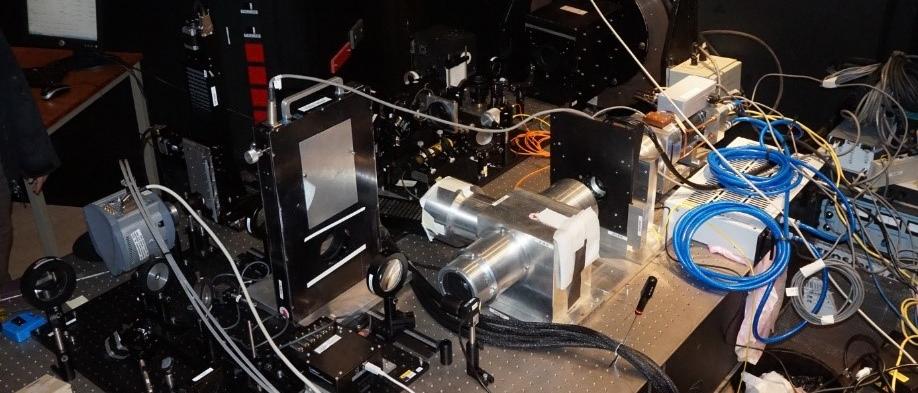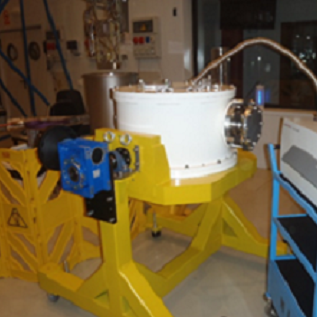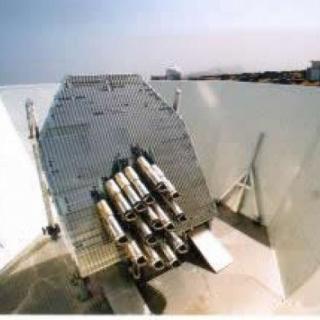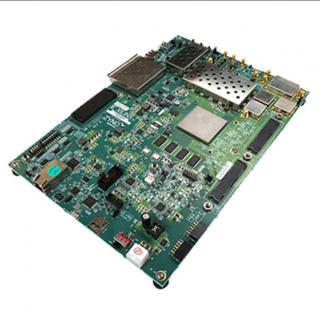General
Introduction
AOLI (Adaptive Optics Lucky Imager) is a state-of-the-art instrument that combines the two best existing techniques to improve spatial resolution: adaptive optics and "lucky imaging". The objective is to obtain images in the diffraction limit in the visible spectrum, with the WHT telescope (and, in the near future, with GTC), with resolutions higher than those of the HST. Its predecessor, FastCam, has served to conduct research in 40 different fields of astrophysics, so the expectations of what AOLI can obtain are huge.
This instrument consists of a system of Adaptive Optics (AO) and a high resolution scientific camera with additional components to allow the highest resolution ever obtained in astrophysics (20-50 milliarcseconds) with a field greater than 1 arcminute. Although the Lucky Imaging (LI) technique offers spectacular results and is very cheap compared to other techniques of high spatial resolution, the resolution obtained is only the one of the HST. Adding a low order AO system before the LI camera compensates the larger turbulence scales and allows the LI process to work better on large telescopes. Thus, curvature wavefront sensors operating in photon counting mode, are a key part of AOLI.
Fig 1. AOLI instrument block diagram.
AOLI can be coupled without mayor problems to other instruments, as it has been done with GHaFaS in the WHT, with which scientific observations were made, obtaining clear improvements in the quality of the images.
Fig 2. AOLI plus GHaFaS at the WHT.





